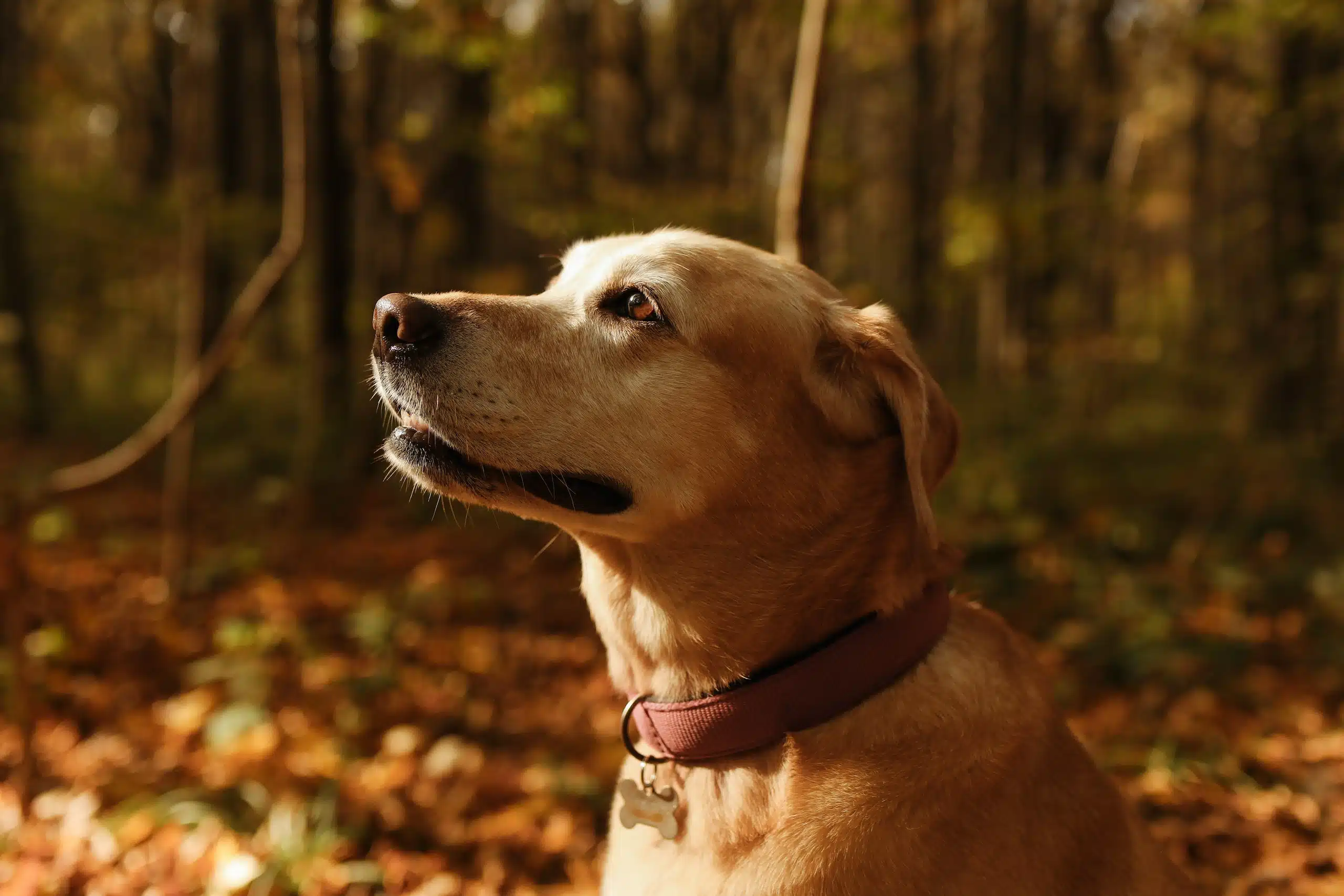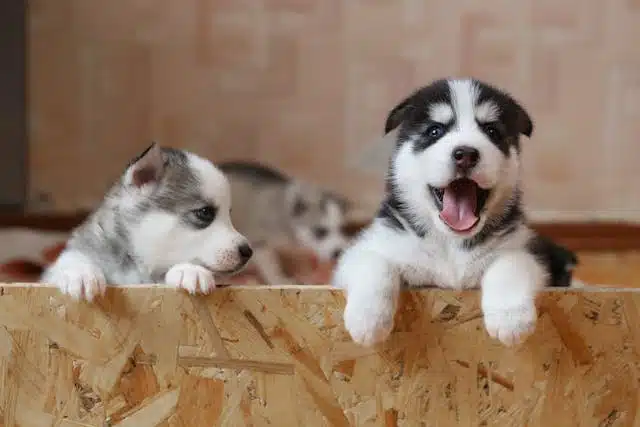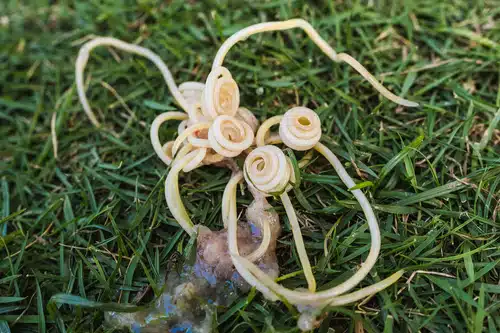Home » Blog » Pet » Pets: Understanding Them » Australia’s Most Popular Dog Breeds
Categories
Tags
animal welfare
breed profile
buying a car
buying a pet
Car
car accessories
car care
car features
car insurance
Car safety
car sales
car service
cat
cat behaviour
cat body language
Cat Breeds
cat food
cat insurance
comprehensive car insurance
Dog
Dog Behaviour
dog body language
Dog Breeds
dog food
Dog Insurance
dog training
eco friendly cars
Kitten
New Car
pet accessories
pet activities
Pet Adoption
pet breeders
pet days of the year
pet fun stuff
Pet Health
pet insurance
pet parenting
Pet Safety
pet services
Puppy
rescue pets
road safety
road trip
safe driving
Recent Blog:
Facebook Posts
1 week ago
Ready for a fun challenge? 🐾 Take a wild guess: What breed is this adorable fellow? 🐶 Drop your answers in the comments, and don't forget to scroll down to check if you nailed it! 🎯 Let's see who knows their dog bree#dogbreedquizgBreedQuiz![]() .
.![]() .
.![]() .
.![]() .
.![]() .
.![]() .
.![]() .
.![]() .
.![]() .
.![]() .
.![]() .
.![]() .
.![]() .
.![]() .
.![]() .
.![]() Lagotto Romagnolo
... See MoreSee Less
Lagotto Romagnolo
... See MoreSee Less
1 week ago
Did you know heart disease in dogs and cats can start with bad oral health? Find out more.....
... See MoreSee Less
Why Pet Dental Health is Linked to Heart Disease and Other Illness
bit.ly
Pet dental health usually brings to mind images of teeth and gums. In reality, it goes far beyond that. Pet oral health can be directly linked to systemic2 weeks ago
Yes or No - got any road adventures planned for Easter? Whatever you answered, here are some great ideas for this year (or next):![]() #easter.
... See MoreSee Less
#easter.
... See MoreSee Less
Driving, Flying and Staycations with Dogs and Cats this Easter
bit.ly
Is cat or dog friendly Easter travel on your wishlist? You're one of many! Travelling with dogs, cats and even some other critters (think bearded dragonsAustralians love all dog breeds and types, from Terriers and Toys to Collies and Cavaliers. However, we love some wayyy more than others (according to Australia’s national dog registrations). We’re a nation of dog lovers, with more than 6.3 million in our households… but what are the most popular dog breeds in Australia and by how much do they lead their specific dog breed groups?
This article not only explores who tops the pops, but it covers the personalities of these top dogs.
Thinking about welcoming a furry member into your family and need to select one that can acclimate quickly to your home environment? Read on – we’ll also tell you about the different dog breed groups and what they’re known for.
Without further ado, here’s Australia’s most popular dogs by dog breed group:
Table of contents
Toy group
According to the Australian National Kennel Council there’s a distinct category for smaller canines called the Toy group. Yes, Toy breeds are adorably small, but they’re definitely not short on personality!
There’s a long history behind Toy dogs dating back 12,000 years ago. That said, the small breed dog has evolved a lot over the centuries. They’ve evolved by size, the shape of their head, the length of their nose, and their behaviour. No wonder the Toy group is one of the most popular dog breed groups in Australia.
Their characteristics are as follows:
- Doesn’t have to work off a lot of energy
- Better off with adults and older children
- Affectionate
- Sociable
- Adaptable to small environments
- May need alone time to paw-nder the meaning of life
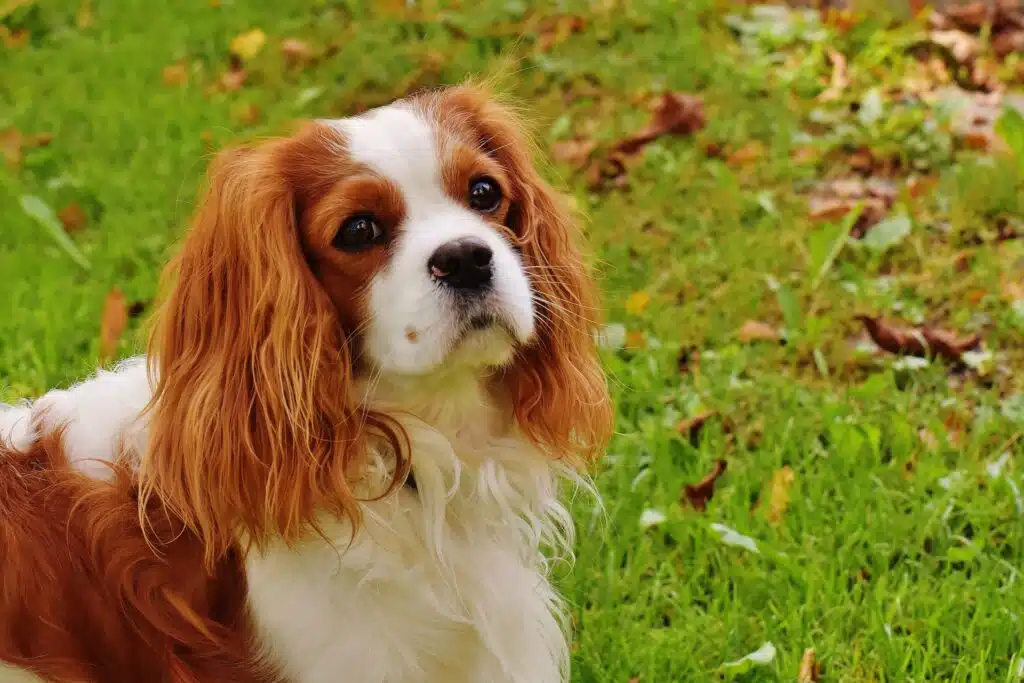
| Toy Group: Top 5 | No. of registrations |
| 1. Cavalier King Charles Spaniel | 2,452 |
| 2. Pug | 851 |
| 3. Italian Greyhound | 764 |
| 4. Chihuahua (Smooth) | 737 |
| 5. Chihuahua (Long) | 598 |
The Royal 👑 Cavalier King Charles Spaniel
These royal dogs know how to attract all the treats and petting they want with their sweet expressions and puppy dog eyes. I mean, who could resist that cutesy face?
Cavaliers never leave you alone (ta-ta privacy). Their attachment means they’re happier and tend to behave better when someone is at home to keep them company during the day. It’s really not going to work for them in an environment where they’re relegated to the backyard. They’ll just dig tunnels under the fence so they can sneak in and join the family!
Can dogs sleep outside? Yes. Should a Cavalier? What do you think.
It’s easy to train Cavaliers because they’re naturally intelligent and will try anything you ask. While doing so it’s counterproductive to yell because they have a soft personality, so these doggy marshmallows are likely to hide behind the couch or sulk. You just have to try and be a little bit more paw-lite.
Give them a reward every time they do something you like, whether they chew on a toy instead of your work shoes or don’t bark at the delivery van. These sweet doggos will always try their hardest to please you.
- Dog Breed Group: Toy
- Life Expectancy: 12–15 years
- Size: 5.5 and 8 kg
- Coat: Medium-length, wavy coat
- Height: Male, 30 to 33 cm / female, 30 to 33 cm
Terrier group
There’s nothing like the enthusiasm of the Terrier dog breed. This popular dog breed group has a lot to say and see; their diverse backgrounds makes room for a variety of different personalities and behaviour types.
It’s important for prospective parents to know that Terriers are great pets, but they can be stubborn, have high energy levels, and might require special grooming (stripping) to look their best.
This is what to expect if you decide a Terrier is the right pet for you:
- They’ve got a lot to say. 📣 It’ll drive you mutts, so get your earplugs ready!
- Very alert
- Courageous
- Super active
- Could be destructive if their ripping and tearing instincts aren’t properly channelled
- If not taught bite inhibition, they may bite you hard unintentionally
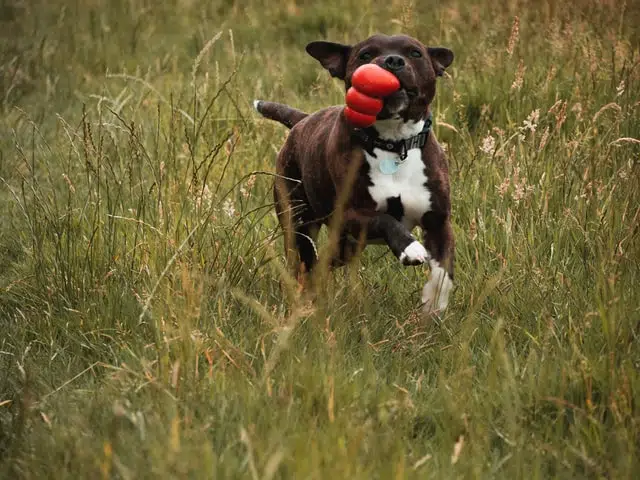
| Terrier Group: Top 5 | No. of Registrations |
| 1. Staffordshire Bull Terrier | 3,822 |
| 2. American Staffordshire Terrier | 1,508 |
| 3. Jack Russell Terrier | 884 |
| 4. West Highland White Terrier | 868 |
| 5. Bull Terrier | 547 |
‘The Nanny’ 💗 Staffordshire Bull Terrier
The Staffordshire Bull Terrier story begins in Staffordshire, England, where it was first bred in the 1800s. Both its ancestors, the old English Bulldog and the English White Terrier, are now extinct. Happily, their genes live on in this Staffy.
This dog breed was originally bred for dog fighting and bullbaiting. When the blood sport of dog fighting was criminalised, breeders began to refine the breed’s traits so that it could become a household pet.
Because the Staffordshire Bull Terrier still has such a strong hunting instinct, this breed needs lots of positive reinforcement dog training at an early age. Training right from the beginning and then ensuring those skills are maintained helps these dogs to be better socialised with other dogs, children, and people in general.
Read these top four puppy training tips to get you started then check out these fast facts on Terriers:
- Dog Breed Group: Terrier
- Life Expectancy: 12–14 years
- Size: Medium size, short
- Coat: Short, smooth fur
- Height: Female, 33–38 cm / Male, 36–41 cm
Gundog group
Gundog breeds are some of the most loving pups you’ll ever meet. Their favourite thing to do is keep busy and be friendly with everyone, including cats.
The fact that Gundog breeds make great family dogs explains why they are some of Australia’s most popular dog breeds. They truly get excited when they see kids, cats, and other dogs. Now that they’re not bred to hunt, they’re reliable and loveable companions yet they don’t have problems finding trouble if they grow bored or don’t get enough exercise.
The Gundog group’s characteristics are as follows:
- Extremely friendly and social
- Very, very, very active
- Will eat absolutely everythiiiiiiiing if not taught self-control
- Temperamentally robust
- Affectionate
- Very adept at finding every lake or muddy puddle available
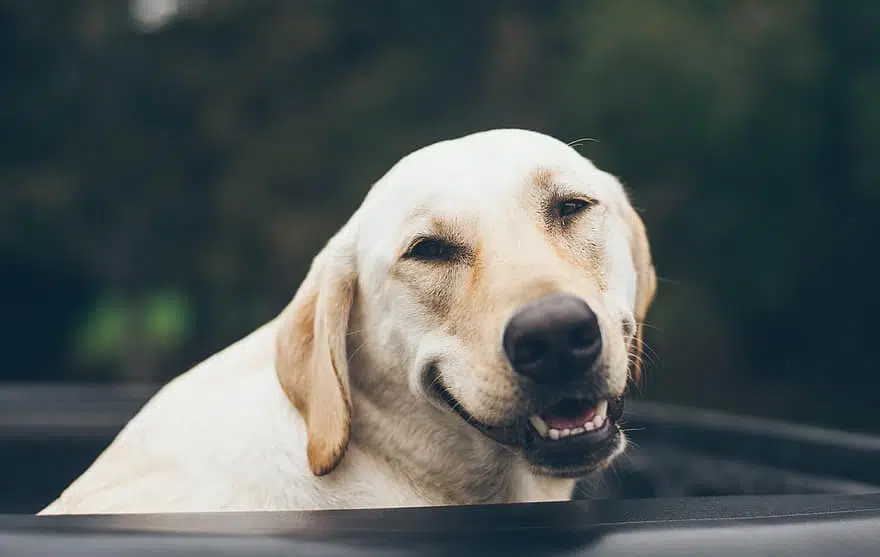
| Gundog Group: Top 5 | No. of Registrations |
| 1. Labrador Retriever | 5,549 |
| 2. Golden Retriever | 4,107 |
| 3. Cocker Spaniel | 1,931 |
| 4. German Shorthaired Pointer | 1,183 |
| 5. Hungarian Vizsla | 816 |
The winsome 😊 Labrador Retriever
With over 5,000 national registrations, the Labrador Retriever wins Australia’s popularity contest! This canine is an affectionate descendent of the fishing dog in Newfoundland and Labrador, Canada. Fishing dogs helped haul in nets and recapture escaping fish.
Labradors make wonderful family pets because they’re gentle and good natured. And, thanks to their intelligence and keen sense of smell, they work alongside people to help us in many ways.
For example, Labradors work as disability assistance dogs, therapy dogs and lifesavers. They also work with the military, navy, and police as tracking dogs because they have a talent for tracking a smell to its origin.
Labrador Retrievers are super inquisitive, following smells just to discover which person or tasty foodstuff is behind it. Those who aren’t trained may go off exploring on their own. Unlike many other dogs they also don’t mind strangers and meeting new people.
As a result, they can end up getting separated from their owners, or stolen. This is why it’s always good to have your pooch microchipped.
- Dog Breed Group: Gundog
- Life Expectancy: 10– 2 years
- Size: Medium to large
- Coat: Water-repellent double coat
- Height: Male, 57–62 cm / Female, 55–60 cm
What do you call a dog magician? A Labracadabrador!
Hound group
The Hound group consists of some of the most popular dog breeds in Australia.
According to Purina, Hound dog breeds are dogs that were developed to help humans hunt, either on horseback (long-legged Hounds) or on foot (short-legged Hounds). They do this in two different ways – either by using their eyesight or by following scents. Some of these Hounds work in packs, while others work alone.
This is what to expect if you think this dog breed group is right for you:
- Give ’em a scent and they’ll solve the crime
- Independent
- Shows their affection quietly
- They have a bit of a ‘dog smell’ to them
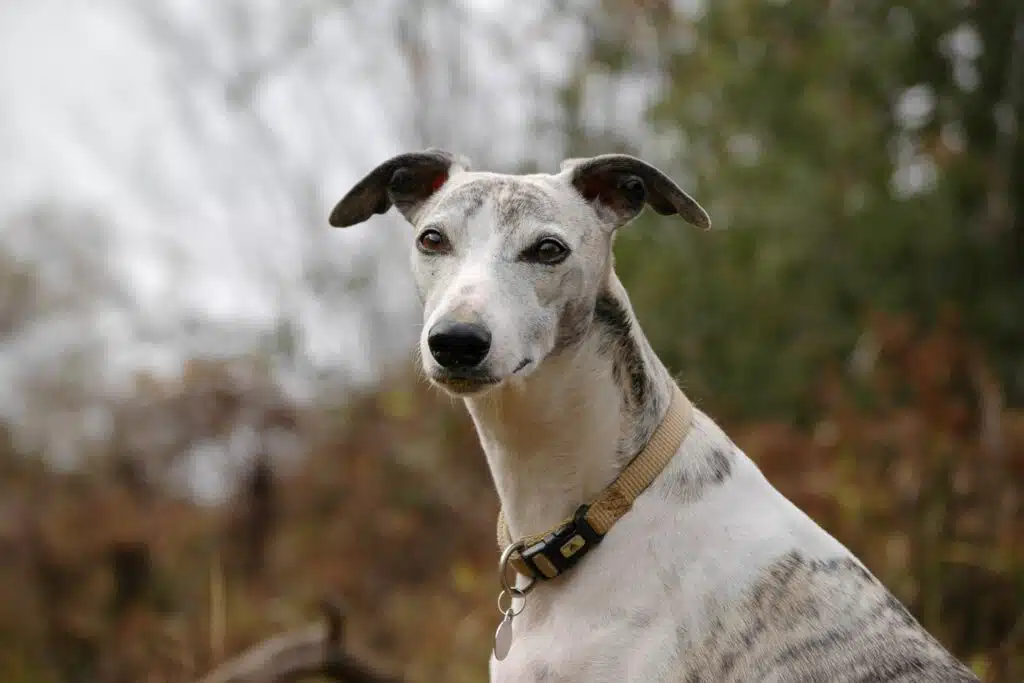
| Hound Group: Top 5 | No. of Registrations |
| 1. Whippet | 814 |
| 2. Rhodesian Ridgeback | 796 |
| 3. Dachshund (Min. Smooth) | 740 |
| 4. Beagle | 565 |
| 5. Dachshund (Min. Long) | 313 |
The super-fast 💨 Whippet
In the late 19th century, Whippets were developed from running, coursing and sporting dogs, including small greyhounds. Their speed of up to 35mph made them perfect for track racing. Also, they’re considered a sighthound as they chase by sight rather than scent. Pretty cool, huh?
These doggos relax for long stretches near their pawrents between bursts of zoomies and energetic activity; they take their ‘loving companion’ status very seriously. As long as a Whippet exercises properly, they fit right into a cosy apartment lifestyle too. Robust and low-maintenance, they don’t bark a lot, so they make the perfect dog breed for city dwellers.
- Dog Breed Group: Hound
- Life Expectancy: 12– 15 years
- Size: 12.5 – 13.5kgs
- Coat: Short smooth
- Height: Male, 47 – 51cms / Female, 44 – 47cms
Working Dog group
There’s nothing more mission-driven than a Working Dog breed. Nothing makes them happier than a job to do, and they’ll work tirelessly to get it done. Unless it involves taking a bath, then they’ll work tirelessly to avoid it!
As their name suggests, Working Dogs are hard-working breeds specifically developed to excel in specialist (non-herding) jobs. Generally, it’s guarding and protecting people, livestock or property, but it also includes sledging, draught work, and rescue.
These dogs are either a large or giant breed, and they all have different coat types depending on where they lived and what they did. The majority of this group comes from colder climates, especially the larger breeds.
Working Dog breeds share these characteristics:
- Strong
- Determined
- Active
- Strong-willed
- Confident
- Highly territorial
- Surprisingly sensitive
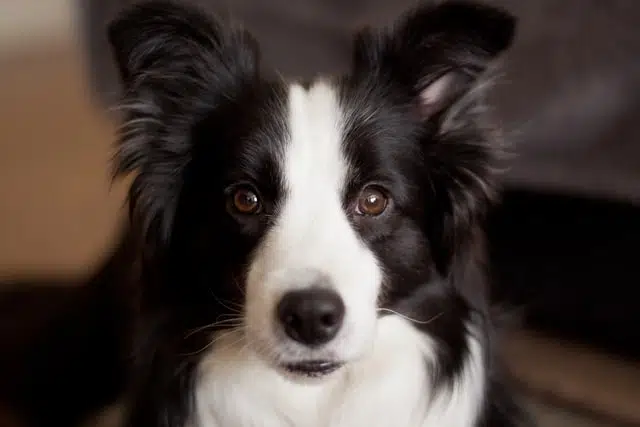
| Working Dog Group: Top 5 | No. of Registrations |
| 1. Border Collie | 2,999 |
| 2. German Shepherd Dog | 2,757 |
| 3. Australian Shepherd | 1,572 |
| 4. Welsh Corgi (Pembroke) | 849 |
| 5. Australian Cattle Dog | 749 |
The workaholic 🏆 aka Border Collie
Border Collies are affectionate, intelligent and have an unrivalled work ethic. To put it mildly, the Border Collie is a workaholic.
BCs are happy to work, day in day out, tirelessly herding cattle. It’s because of this tendency that they were originally brought to Australia in the mid-1800s, from Scotland. And we owe them a big woofing thank you for all their hard work contributing to the growth of our sheep and dairy industries.
If you have a Border Collie as a pet, you may even notice your pooch herding people on the sidewalk or keeping your children in a neat pack. It’s instinctive.
Considering getting one? Although they have sweet personalities, note they need lots of training and exercise to burn up their high energy levels. Otherwise, they tend to get jittery and feel a bit blue. Exercising a dog without walking is possible, but these pups need some serious miles to avoid getting too hyped up.
Here’s more on this dog breed:
- Dog Breed Group: Working Dog
- Lifespan: 10-17 years
- Size: Medium
- Coat: Rough or smooth, moderately long double coat
- Height: Male, 48–56 cm / Female, 46–53 cm
Utility group
Basically, the Utility group speaks to any dog breeds that throughout history were originally bred for a specific purpose – something useful to society. However, that purpose isn’t needed in modern day society. These dog breeds can’t be put into a single category, they’re unique.
The Utility group doesn’t share any ancestry so it’s difficult to find common traits. The sizes, appearances, and temperaments of the doggos vary.
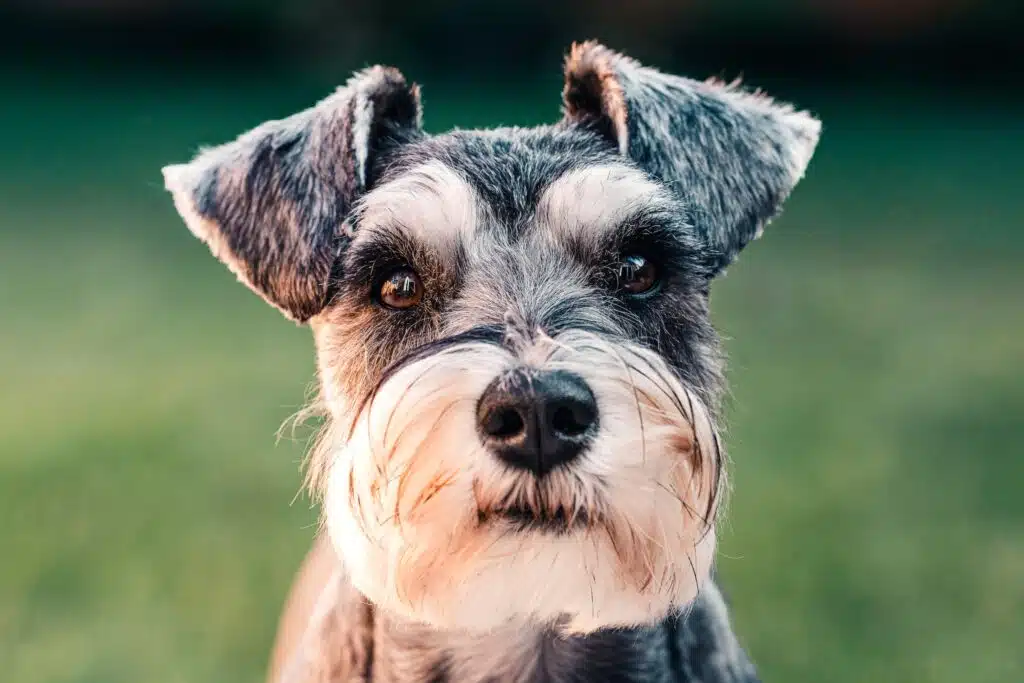
| Utility Group: Top 5 | No. of Registrations |
| 1. Schnauzer (Miniature) | 1,742 |
| 2. Rottweiler | 1,647 |
| 3. Boxer | 1,054 |
| 4. Dobermann | 538 |
| 5. Bernese Mountain Dog | 426 |
Happy-go-lucky 🌈 Miniature Schnauzer
Of all in the Utility group the Miniature Schnauzer comes out on top, which also makes it one of the most popular dog breeds in Australia. How to identify one? Look for bushy eyebrows and a ‘beard’. When Schnauzers feel particularly sassy, they’ll let their eyebrows do the talking!
A miniature Schnauzer just wants to be part of the family and do everything they do. As long as they’re with their people, they’re happy. On driving holidays, hikes or camping trips, or even on a boat with you, they make for excellent companionship. It’s a friends fur-ever situation. 😊
They’re a hypoallergenic dog breed, so even the worst allergy sufferer can sometimes handle a Miniature Schnauzer. It’s also a bonus that they don’t shed a lot because you won’t have to pluck dog hair off your clothes when you head out.
There’s just one catch though: these gorgeous doggos need to be groomed at your nearest dog spa every six weeks or so. They need regular brushing and grooming, nail clipping, ear cleaning and more.
- Dog Breed Group: Utility
- Life Expectancy: 12-15 years
- Size: Small
- Coat: Hard, wiry coat
- Height: Male, 30–36 cm / Female, 30–36 cm

Non-sporting group
Non-sporting dog breeds come in all shapes, sizes, coats, personalities, and appearances. In cases where a breed didn’t quite fit in any other group, it becomes a part of the Non-sporting dog group. Variety is the spice of life when it comes to the characteristics of these dogs.
| Non-sporting Group: Top 5 | No. of Registrations |
| French Bulldog | 2,103 |
| Poodle (Toy) | 1,298 |
| Dalmatian | 716 |
| British Bulldog | 646 |
| Poodle (Standard) | 541 |
The class clown 🤪 aka French Bulldog
The French Bulldog is (at least in part) as its name implies, from France. Its story begins with a ‘ratter’, or rat-catching dog, from France and a Toy Bulldog from England who were bred to make this cute companion dog.
French Bulldogs are mild-mannered indoor dogs who enjoy human company. Because of their short noses, they can (some, not all) have breathing problems and overheat. So, while a little walk each day is right up their alley, they’re not suited to intense or strenuous exercise.
Although they can be stubborn, these dogs train well, making them easy-going, lovable, and loyal companion pets. Just don’t get one if you’re looking for a guard dog as they don’t really mind strangers.
They have a reputation for being mischievous and funny. Their most ardent fans from the French Bull Dog Club NSW affectionately share their reputation as ‘the clown of the dog world’. Because of their popularity as pets, purebred puppies are in demand. Which means a puppy scam involving a Frenchie is a fairly commonplace sight. Buyer beware!
More about these little guys:
- Dog Breed Group: Non-Sporting
- Lifespan: 10–14 years
- Size: Small to medium
- Coat: Short and smooth
- Height: 28–31 cm
More info for the most popular dog breeds in Australia
Now that we’ve looked at the most popular dog breeds in Australia read about 10 new dog breeds. What about finding out more about own mixed breed pups too? A dog DNA test can reveal what breeds might make up their ancestry.
While pedigreed dogs occupy top spots, if you’re looking for a dog it’s worth considering adopting a shelter dog (read what you need to know about bringing home an adopted dog). There are many out there in need of a good home. If you do opt for buying a purebred dog, be sure to find a reputable breeder and avoid puppy mills and puppy scams.
Separation anxiety in pets is also something to guard against with all dog breeds. So, if you’re a first time pet owner, be sure to schedule lots of time for play, exercise and cuddling. Providing stimulation, love, nutrition, regular vet check-ups and a comfy place to lay their head is the crux of responsible parenting, whatever your dog’s breed.
All dog breeds deserve a soft landing
Whether a fancy designer breed, a posh pedigree or a lovable mixed breed, your pet will be safeguarded with our award-winning dog insurance for a small cost. You’ll find a wide range of cover for treatment after accidents, illnesses and much more with PD Insurance.
Click below to get started.
Share On:

